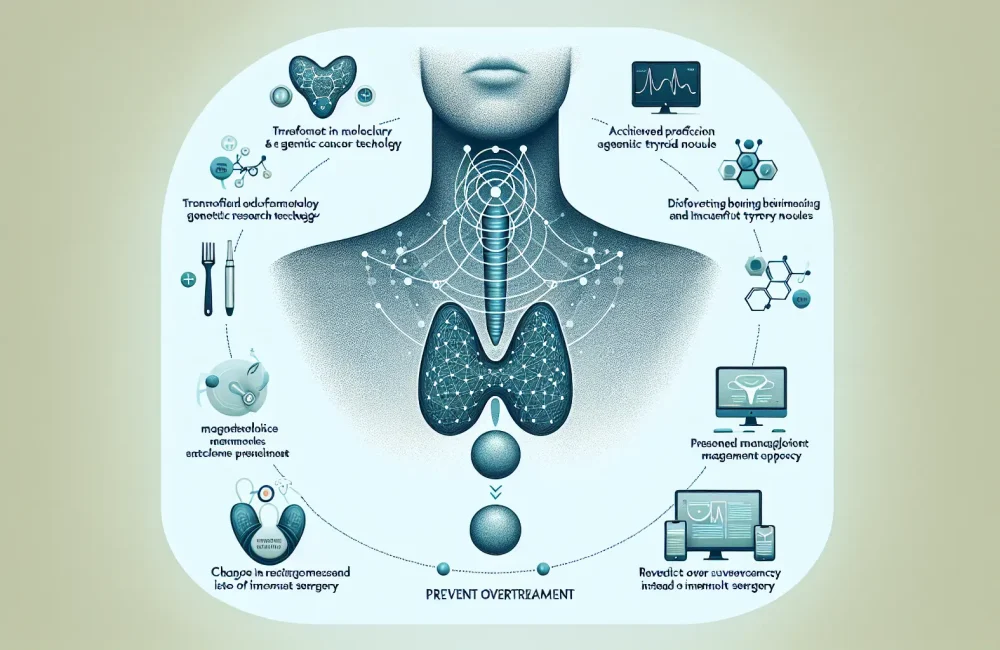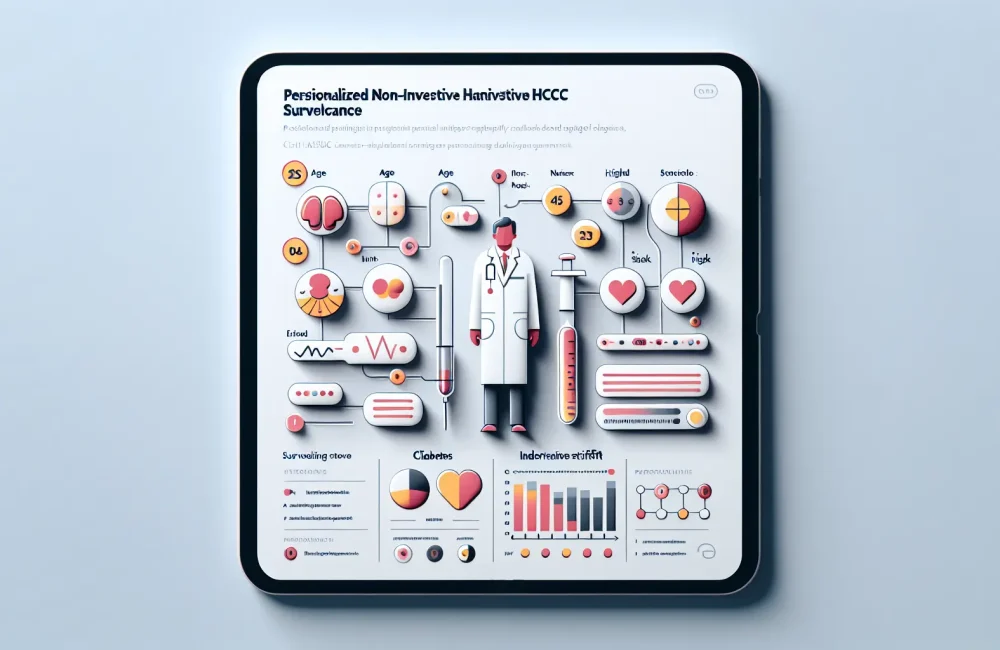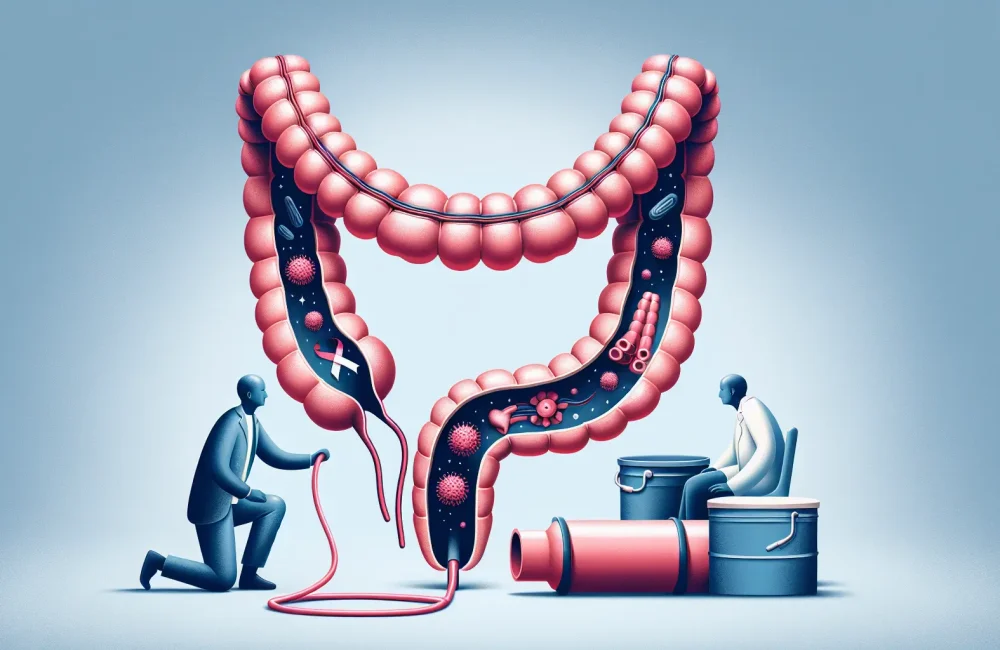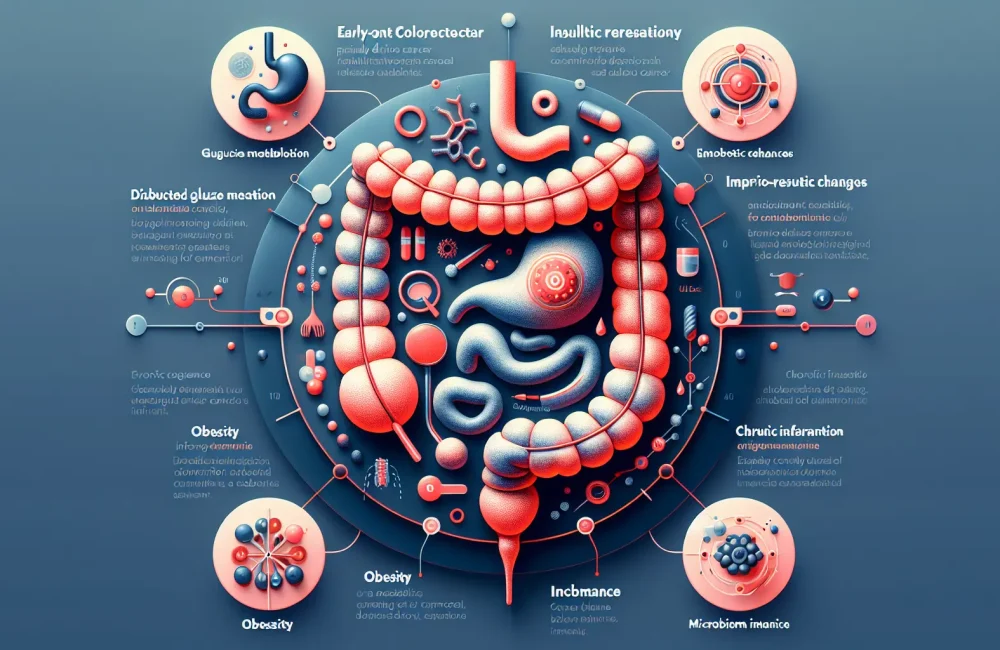By CAFMI AI From npj Genomic Medicine (Open Access)
Prolonged SARS-CoV-2 Infection in Immunocompromised Patients
**Prolonged SARS-CoV-2 Infection in Immunocompromised Patients**
The COVID-19 pandemic has placed unprecedented focus on the behavior of SARS-CoV-2 in diverse patient populations. Among these, immunocompromised individuals, particularly those with advanced B-cell depletion, present a unique clinical challenge with infections that can persist for months or even years. This extended viral presence provides a rare window into the adaptive evolution of the virus under sustained host immune pressures. The reported case involves a patient with a SARS-CoV-2 infection persisting for 521 days, dramatically longer than typical infection courses, revealing how immunosuppression can facilitate prolonged viral replication and mutation accumulation. Clinicians should recognize that such cases may not follow conventional viral clearance timelines commonly expected in immunocompetent hosts.
The prolonged infection was linked to the patient’s underlying B-cell lymphoma treatment causing significant immune compromise. Serial viral genome sequencing over the infection period demonstrated extensive intrahost viral diversity, with the virus undergoing successive mutational changes, particularly in the spike protein and other functionally significant viral regions. These mutations included those associated with immune escape, indicating the virus continuously adapted to evade the host’s immune response. Clinically, this persistent replication was accompanied by fluctuating symptoms corresponding to viral load changes. This case highlights the need for heightened surveillance in immunosuppressed patients and a tailored diagnostic approach combining viral load monitoring with genomic analyses to understand ongoing viral evolution.
Genomic Adaptations During Prolonged Infection
Throughout the extended infection period, genomic sequencing revealed the virus accumulating multiple mutations not only in the spike protein but also in other critical viral genes. These mutations often correlated with known immune evasion strategies, suggesting the virus was under selective pressure to escape host defenses. The intrahost viral population showed remarkable diversity and dynamic changes, which differs from typical acute infections where viral evolution is limited by the brief infection timeframe. Understanding these adaptations sheds light on potential mechanisms by which SARS-CoV-2 variants of concern may arise, especially in hosts with compromised immune systems.
Clinical Implications and Management Strategies
This case emphasizes the need for vigilant clinical management of SARS-CoV-2 infections in immunocompromised patients. Traditional expectations for viral clearance may not apply, necessitating prolonged monitoring through viral load testing and genomic surveillance to detect evolving viral populations. The persistent viral replication can lead to fluctuating symptoms and complicate therapeutic approaches. Multidisciplinary care involving infectious disease specialists, immunologists, and genomic experts is critical to optimize treatment, prevent transmission of evolved variants, and guide infection control policies.
Read The Original Publication Here






